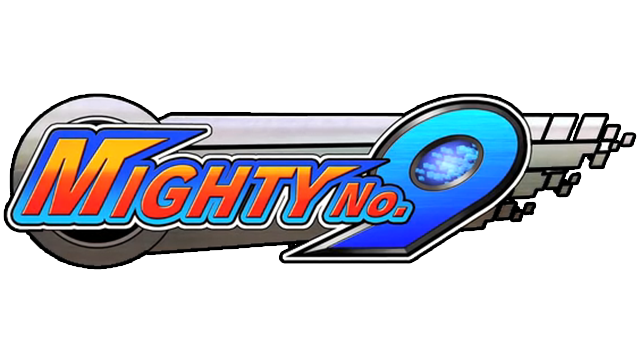Crowdfunding has become a beautiful reality in the video game industry. Kickstarter among other websites and services have served both developers and gaming fans alike to help their dream game become true, either from the development side, gathering money of enthusiasts willing to help, or from the donator’s side, paying to aid development in exchange of the release in the future. Some of these projects tend to be a success, but there have also been failures. Mighty No.9, directed by the main name behind Megaman Keiji Inafune, is more close to a failure than a success, and this can be attributed mainly to unkept promises among other reasons.
Mighty No.9 is a spiritual successor to Capcom’s Megaman, whose games have seemed to be stopped. It is true that we recently have got a collection of the blue blaster but as far as new titles there do not seem to be any. Enter Keiji Inafune, who left Capcom and went on to create Comcept, the developers behind Mighty No.9. A few years after him leaving Capcom, Inafune starts a Kickstarter to create the next Megaman, which will be called Mighty No. 9. As excitement starts to ramp up and release gets closer, it gets pushed a couple of months back. As these months start to pass, the game gets delayed again and again until finally releasing in June of this year. What has materialised though is a poor version of what fans and backers have expected, and a serious let down for everyone involved in the project.
Mighty No.9 stars Beck, a robot with similar capabilities to the famous Megaman. In the game, a virus starts spreading and infects a host of robots with exception to our hero, who with the aid of two professors and his friends is tasked to defeat these robots to knock some sense into them again. The premise is like Megaman games of old, where you have a number of stages and bosses and players get to choose stages. Upon defeating an enemy boss, Beck will gain the main power of that boss, providing an upgraded arsenal of weapons with which Beck will be able to defeat further bosses, but although this, the game still does not feel like it has enough variety, since these power ups are rarely of utmost importance, and the normal cannon is enough to finish the job in most occasions if not all.
Mighty No. 9 plays well, in fairness, and it incorporates an intelligent system where damaging enemies will trigger a state of destabilisation, which means that their composition becomes confused and susceptible to more damage. Beck can then dash at enemies while in this stage to absorb their powers, enabling temporary power ups to help Beck in his quest. These absorption kills can be chained if you manage to dash through an enemy at 100%, which from my experience in the game have come to think of as the least damaged enemy but still de-stabilised. Boss fights also incorporate the dash mechanic but only to “confirm” the damage which you have inflicted the boss, meaning that once a certain amount of damage has been inflicted, you need to dash near the boss to confirm the damage and start inflicting more. The problem I saw with this is that you can never know when an enemy will destabilize at first, and shooting bullet by bullet will be more risky than rewarding, especially when surrounded by enemies.
If the game is generally fun, the remainder is definitely not. Environments are bland and empty, and there really is nothing you can look at to pretend you are actually engaged in the game. Mighty No. 9 spent over a year in development, so it is quite hard to believe that there was such poor art direction. The characters also do not look very imaginative, even rushed at times. For example Cryosphere, one of the eight robots who have been infected by the virus, has no face or eyes or mouth, hinting at the possibility of a last minute design.
Dialogue is also a let-down, since lines are recited in a dull, slow manner and with no real excitement to help the cause. Other games tend to prioritize voice recording as much as gameplay or graphics to be able to deliver their own story to the player, but in Mighty No. 9 all the player is interested in is skipping the cutscene, since it barely makes any difference with or without.
Mighty No. 9 has been targeted quite badly by the media, particularly because of the presence of Inafune behind the wheel. It is not as bad as the media portrays it as there are some instances which show potential and creativity, but these scenes are so far between one another that players may give up searching for these. If the team behind the game wants to have another crack at development, it definitely needs improvement in all areas, otherwise it will still be a mundane title with nothing to remember of.














You must be logged in to post a comment.